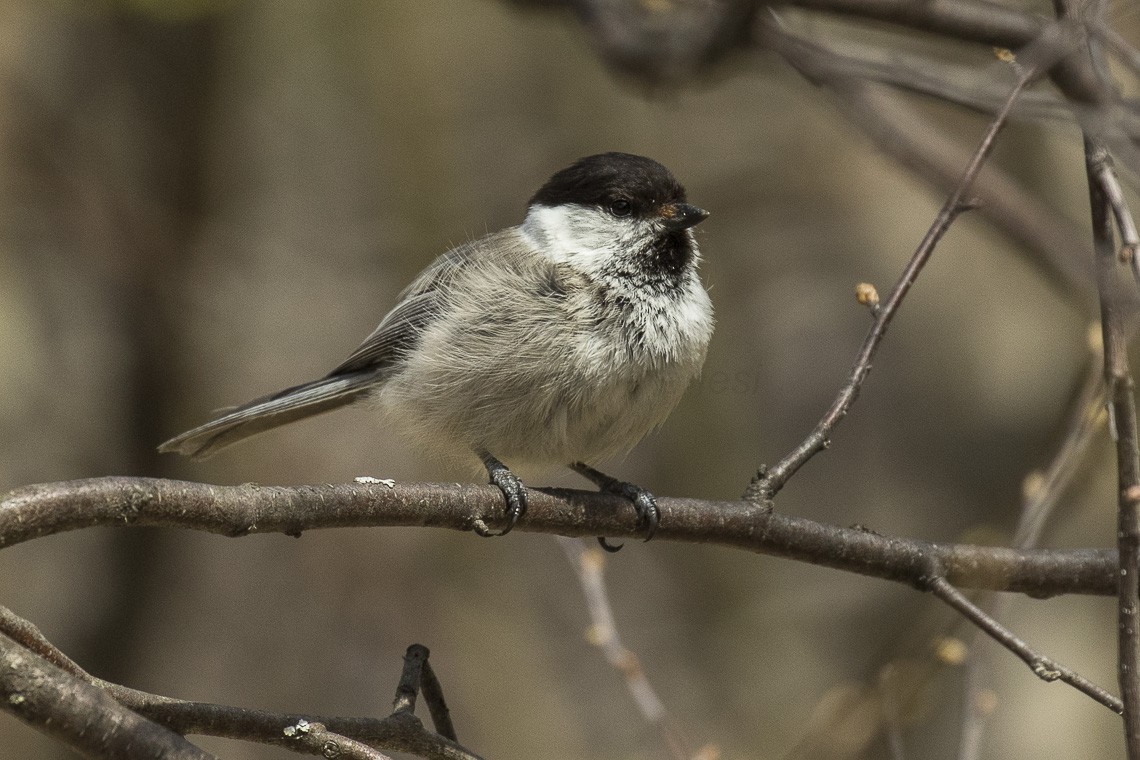Willow Tit
A species of Chickadees and allies Scientific name : Poecile montanus Genus : Chickadees and allies
Willow Tit, A species of Chickadees and allies
Botanical name: Poecile montanus
Genus: Chickadees and allies
Content
Description General Info
 Photo By Francesco Veronesi , used under CC-BY-SA-2.0 /Cropped and compressed from original
Photo By Francesco Veronesi , used under CC-BY-SA-2.0 /Cropped and compressed from original Description
The willow tit is 11.5 cm (4.5 in) in length, has a wingspan of 17–20.5 cm (6.7–8.1 in) and weighs around 11 g (0.39 oz). In the east of its range it is much paler than marsh tit, but as one goes west the various races become increasingly similar, so much so that it was not recognised as a breeding bird in Great Britain until the end of the 19th century, despite being widespread. The willow tit is distinguished from the marsh tit by a sooty brown instead of a glossy blue black cap; the general colour is otherwise similar, though the under parts are more buff and the flanks distinctly more rufous; the pale buff edgings to the secondaries form a light patch on the closed wing. The feathers of the crown and the black bib under the bill are longer, but this is not an easily noticed character. However, the more graduated tail (not square) shows distinctly when spread. The commonest call is a nasal zee, zee, zee, but the notes of the bird evidently vary considerably. Occasionally a double note, ipsee, ipsee, is repeated four or five times. 
Size
12 cm
Colors
Black
Gray
White
Life Expectancy
9 years
Nest Placement
Cavity
Feeding Habits
Willow Tit primarily consume insects, caterpillars, and seeds. They exhibit foraging behaviors, particularly adept at hunting for prey. A distinctive dietary trait involves being parasitized by the moorhen flea, Dasypsyllus gallinulae, which affects their feeding habits.
Habitat
Willow Tit occupies forested terrains, mainly favoring damp coniferous woodlands with pine, larch, and spruce. It's also found in wetlands near watercourses lined with willows and alders, and dense underbrush, including shrubby areas with elder. Habitually residing from lowland to tree line, up to 2300 meters, willow Tit adapts across varied altitudinal zones.
Dite type
Granivorous
General Info
Feeding Habits
Bird food type
Bird Feeder Type

Small Tube Feeder

Platform
Sounds
Call
Recording location: Belgium
Call
Recording location: Belgium
Song
Recording location: Belgium
Song
Recording location: Belgium
Species Status
Not globally threatened.
Scientific Classification
Phylum
Chordates Class
Birds Order
Perching birds Family
Tits Genus
Chickadees and allies Species
Willow Tit